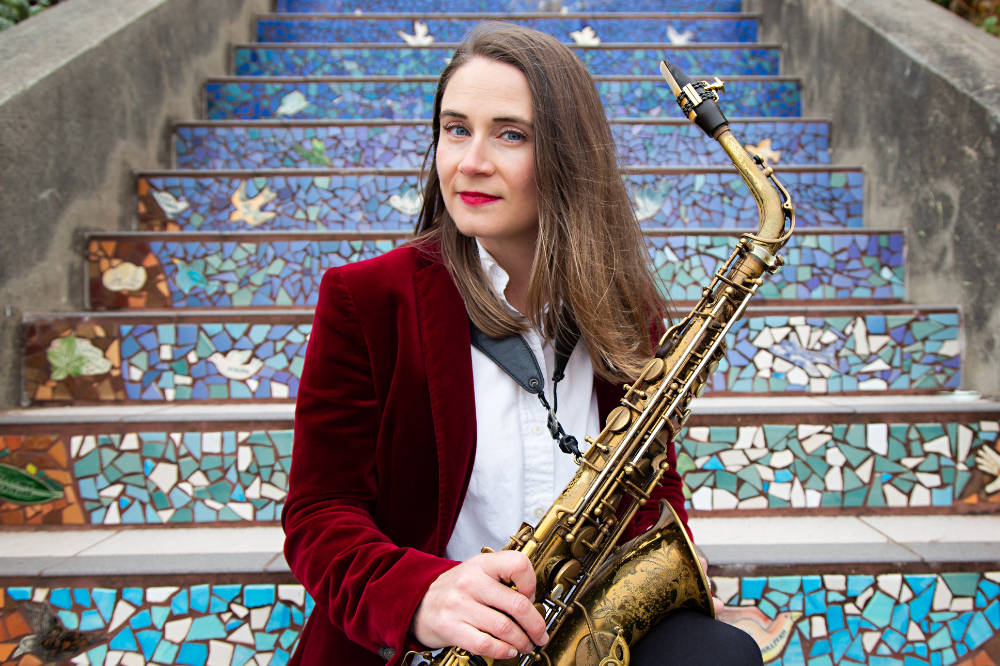Beth Schenck is an accomplished saxophonist and composer known for her innovative contributions to contemporary jazz and experimental music. Her artistic journey is marked by a distinctive blend of melodic sensitivity, harmonic complexity, and an innovative spirit that transcends traditional jazz boundaries.
Early Life and Education
Beth Schenck’s musical path began in her formative years, driven by a deep passion for music. She pursued formal education at the University of Northern Iowa, earning a Bachelor of Music degree. Her quest for artistic growth led her to the California Institute of the Arts (CalArts), where she completed a Master of Fine Arts in Jazz Studies. At CalArts, she honed her skills under the mentorship of renowned musicians, which significantly shaped her musical outlook.
Musical Career
As a versatile performer, Schenck’s saxophone playing is celebrated for its lyrical quality and emotional depth. She has performed widely, both as a solo artist and as a member of various ensembles, captivating audiences with her expressive sound and technical proficiency.
Beth Schenck’s work as a composer is equally noteworthy. Her compositions often explore rich emotional landscapes and intricate narratives, earning acclaim for their originality and impact. She frequently engages in collaborative projects, showcasing her ability to integrate diverse musical influences into a cohesive artistic vision.
Social Stutter
Beth Schenck leads the innovative saxophone quartet Social Stutter, featuring prominent musicians Kasey Knudsen, Phillip Greenlief, and Cory Wright. The group is known for blurring the lines between strictly written chamber music and the expansive realms of free jazz, creating a dynamic and responsive soundscape that evolves with each performance. Social Stutter’s ability to combine structured compositions with improvisational freedom has garnered them recognition in the Bay Area’s vibrant music scene. Their participation in events such as the Outsound New Music Summit has showcased their commitment to pushing musical boundaries and exploring new realms of expression.
Teaching and Mentorship
In addition to her performing career, Beth Schenck is dedicated to music education. She has taught at various institutions, sharing her expertise and inspiring young musicians. Her teaching philosophy emphasizes creativity, technical skill, and the importance of developing a unique musical voice.
Recognition and Impact
Beth Schenck has received recognition for her artistic contributions, with her work being praised for its emotional depth and innovative approach. Her influence extends beyond her performances, as she continues to shape the musical landscape through her compositions and educational efforts.
Conclusion
Beth Schenck remains a dynamic and influential figure in contemporary music. Her commitment to artistic exploration and her ability to convey deep emotions through her music have earned her a respected place among today’s leading musicians and composers. As she continues to create and inspire, Beth Schenck’s impact on the world of jazz and beyond is sure to grow.
Like this:
Like Loading...




